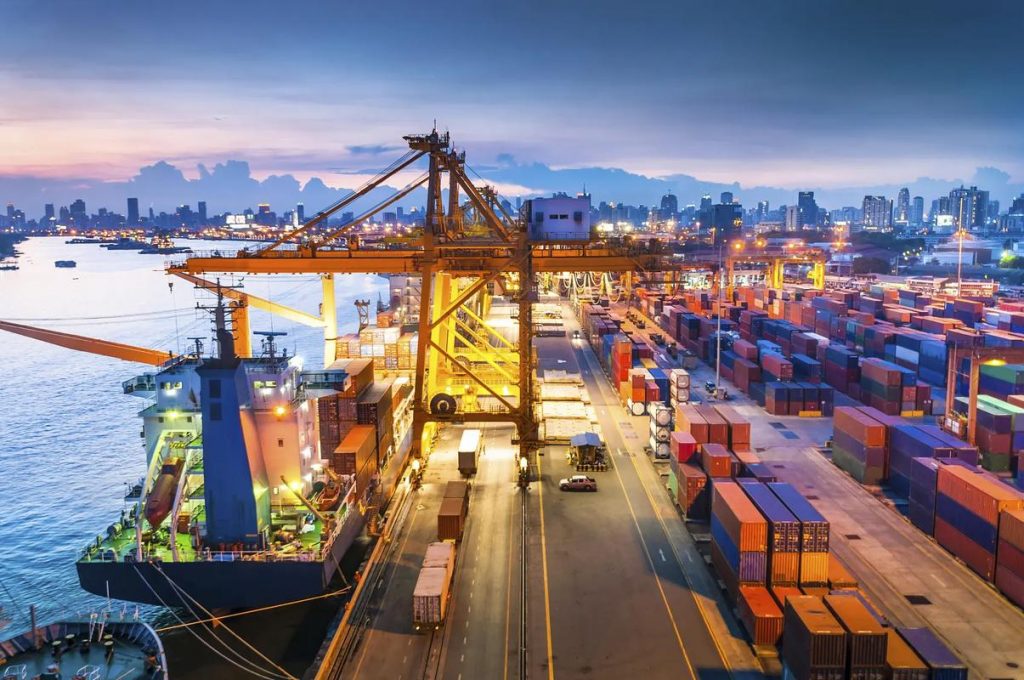
Shipping goods from China to the Dominican Republic requires navigating customs regulations, regional trade agreements, and logistical challenges unique to this Caribbean nation. As a key player in the Caribbean Community (CARICOM) and a beneficiary of the U.S.-Central America-Dominican Republic Free Trade Agreement (CAFTA-DR), the Dominican Republic offers access to robust markets but demands expertise in compliance, port logistics, and seasonal variability. Whether importing machinery, electronics, or agricultural products, partnering with a specialized freight forwarder ensures seamless, cost-effective deliveries. This guide explores key considerations, from shipping methods and customs requirements to risk mitigation strategies.
- Shipping Methods: Ocean Freight as the Primary Option
The Dominican Republic’s geographic position and infrastructure make ocean freight the dominant mode for imports:
- Ocean Freight:
The primary mode for 95% of shipments, ocean routes typically transit via the Panama Canal to Santo Domingo’s Port of Caucedo or Puerto Plata’s Muelle de la Aduana. Transit times range from 25–40 days for full container load (FCL) shipments. Smaller cargo may use Puerto Plata for faster clearance. - Key Ports:
- Port of Caucedo (Santo Domingo): Handles bulk cargo and serves as a regional distribution hub.
- Port of Puerto Plata: Preferred for perishables and time-sensitive goods due to faster turnaround.
- Pro Tip: Schedule shipments to avoid Caucedo’s peak congestion (December–April) or opt for air freight for urgent needs.
- Air Freight:
Ideal for high-value or time-sensitive goods (e.g., pharmaceuticals, electronics), air routes connect Chinese hubs like Shanghai to Punta Cana International Airport (PUJ). Transit times average 5–8 days, but costs are significantly higher than ocean freight. - Multimodal Transport:
Combines ocean freight with road transport. Cargo arriving at Caucedo moves inland via Autopista Duarte to Santo Domingo or Santiago. Inland transportation requires reliable trucking partners familiar with regional road conditions.
- Customs Compliance and Documentation
The Dominican Republic’s customs authority, SENASDH (National Customs Directorate), enforces regulations under CAFTA-DR frameworks. Essential documents include:
- Commercial Invoice: Detailed item descriptions, value, and harmonized system (HS) codes.
- Bill of Lading (B/L): Specifies cargo details and consignee information.
- Certificate of Origin: Confirms manufacturing country; benefits from CAFTA-DR tariffs if compliant (average 0–10%).
- Phytosanitary Certificate: Required for agricultural or timber products.
- Import Declaration: Filed electronically via SENASDH’s SIREC system.
A freight forwarder manages SIREC filings, HS code classification, and duty payments to avoid penalties.
- Challenges and Solutions for Dominican Republic Shipments
A. Port Congestion and Infrastructure
Caucedo Port faces delays during harvest seasons (March–June). Mitigate risks by:
- Using Puerto Plata Port for faster clearance.
- Partnering with forwarders offering bonded warehousing near ports. B. Inland Transportation Complexity
Moving cargo from Caucedo to Santiago (155 km) requires navigating mountainous routes, which face delays due to heavy rainfall. C. Currency Fluctuations
The Dominican Peso (DOP) is volatile. Use USD-based contracts or letters of credit to stabilize costs.
- Key Services Offered by Freight Forwarders
A trusted forwarder provides tailored solutions for Dominican Republic-bound shipments:
- Customs Brokerage: Manages SIREC e-filing, duty optimization, and HS code classification.
- Door-to-Door Logistics: Coordinates port pickup, inland trucking, and last-mile delivery to Santo Domingo or Punta Cana.
- Track-and-Trace Systems: Monitors shipments via SIREC updates and GPS integration.
- Risk Mitigation: Offers cargo insurance and contingency plans for port strikes or weather disruptions.
- Cost Considerations
Shipping costs vary by cargo type, route, and services:
- Freight Forwarding Fees: Typically 5–12% of total shipment value.
- Ocean Freight Charges: Include terminal fees (THC) and fuel surcharges.
- Duties and Taxes: Average 5–15% of CIF (Cost, Insurance, Freight) value, influenced by HS codes.
- Inland Transportation: Costs range from $1,500–$4,000 for trucking from Caucedo to Santiago.
Request a detailed quote to compare options and avoid hidden fees.
- Frequently Asked Questions
Q: How do I expedite customs clearance in the Dominican Republic?
A: Pre-register products with SENASDH, use AEO (Authorized Economic Operator) status, and ensure accurate HS code classification.
Q: What’s the best port for importing perishable goods?
A: Puerto Plata offers faster clearance and specialized cold storage facilities.
Q: Are there restrictions on used equipment imports?
A: Yes, used machinery often requires SENASDH inspections and certifications. Confirm eligibility with your forwarder.
Q: How are perishable goods handled?
A: Air freight with temperature-controlled containers is preferred. Coordinate expedited customs clearance for time-sensitive cargo.
Conclusion
Shipping from China to the Dominican Republic demands expertise in CAFTA-DR compliance, port logistics, and seasonal challenges. By partnering with a freight forwarder, businesses gain access to streamlined clearance, cost-efficient routing, and risk management strategies. Whether importing industrial components or consumer goods, professional logistics support ensures timely, compliant deliveries to this Caribbean hub.
Optimize Your China-Dominican Republic Supply Chain
Focus on your core operations while experts handle the intricacies of cross-border shipping—from SIREC filings to last-mile delivery. A trusted freight forwarder bridges the gap between global trade and Caribbean compliance.






